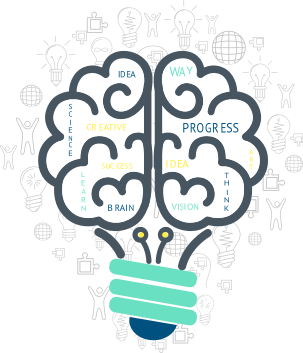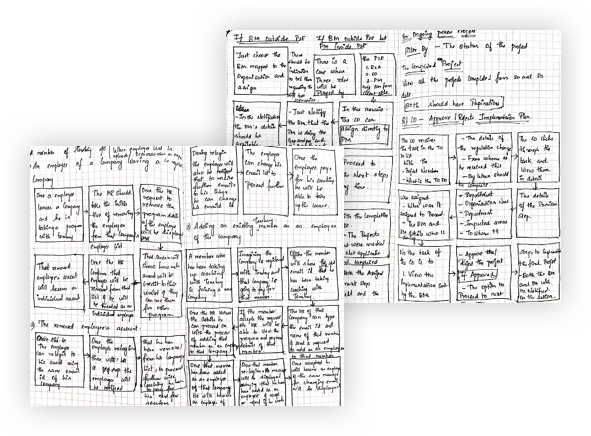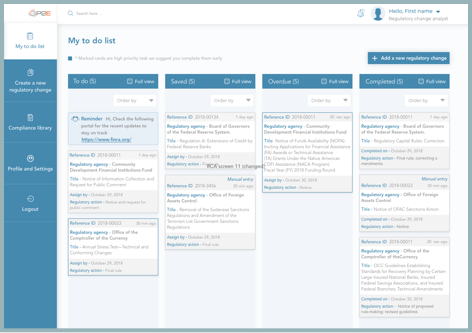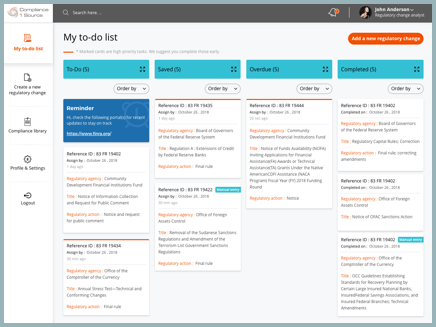
The system was built to simplify and better handle change management processes.
P2E is a technology-enabled regulatory change management framework. It seeks to automate the entire regulatory change management lifecycle.
This technology was built to help companies stay ahead of changing regulations and mitigate the many risks of non-compliance.
A passion and innovation of JACQUELINE MADUNEME, JD, CFA, CAIA Chief Exective Officer and Founder.


Design methodology is an intermediary between information and understanding
Financial services firms need to keep track and pace with thousands of regulatory changes per year.
They have to effectively identity, document, and summarize relevant changes/new regulations.
A highly-configuarble change management system that facilitates a workflow-enabled, closed-looped regulatory change management process.
Our content-rich solution enables the capturing of regulatory updates in real-time to initiate necessary action.
How we approached the design process

1. Empathy for the people we are trying to design for
Empathy is crucial to a human-centered design process.
In our interactions with our customer, we made sure we approached our customer’s challenge with empathy to gain more insights into it by observing, engaging, and empathizing with them.
With empathy, we were able to understand their experiences and motivations better. This approach helped us get to the core of the customer’s problem and devise a solution that specifically addressed that.
Our resultant solution: We identified that there was a need to automate workflows in order to help various stakeholders keep a track of several regulatory changes.
- Manage Organization
- View OrganizationAdd OrganizationEdit Organization
- See the list of organizations and view entire detailsCan assign/map the regulation changes to the organization and usersTo make updates to the details of the organization
- Manage User
- View User ListAdd a New UserEdit User Details
- To view the user details and view in which project he is currently working onEnter the details of a new user and map the related regulation to the userMake updation on the details of the user and reassign project if required

3. Ideation - each idea as a piece of a puzzle
At this stage, we started to look for alternative ways of viewing a customer problem.
We listed potential questions that could occur to a user in managing a workflow.
This user-centric, step-by-step approach enabled us to get to the minute details and address each question for its merit.
With these inputs, we were able to set a clear expectation for the user to track progress within a complex process.
4. Task flow analysis helped decision-making easier
WhatTo help us validate potential solutions with a granular focus, we documented a series of steps that traced the user’s possible paths via sequences of tasks and decision points in achieving a goal.
How we did itBased on our user stories, we identified target users’ goals that needed to be analyzed.
We produced diagrams with each task and decision point.
In collaboration with users and/or subject matter experts, we annotated the task flow diagram to pinpoint areas of interest, risks, or potential frustration.


5. Wireframes - making a better product
The elements we focused on during wireframing:Entries and Exits Steps
Eg: user action, system action, an alternative path
Connections: Indicate the desired path and different possible flows Decision
Points: A point where a user must choose from 2 or more options
6. Visual design - a bridge between functionality and user experience
Through visual design, we aimed to shape and improve the user experience by adding elements such as illustrations, photographs, typeface, negative space, layouts, and color. These were added to improve the usability of the product apart from adding a high degree of aesthetic appeal.

Our design process helps add business value
Through our design process, we were able to enhance the business value for our customer owing to the following distinguishable features
Repeatable change management methodology that closes the loop on the compliance lifecycle.
Built-in audit trails, robust reporting, and risk profiling for better preparedness.
Real-time identification of regulatory changes for immediate action.


